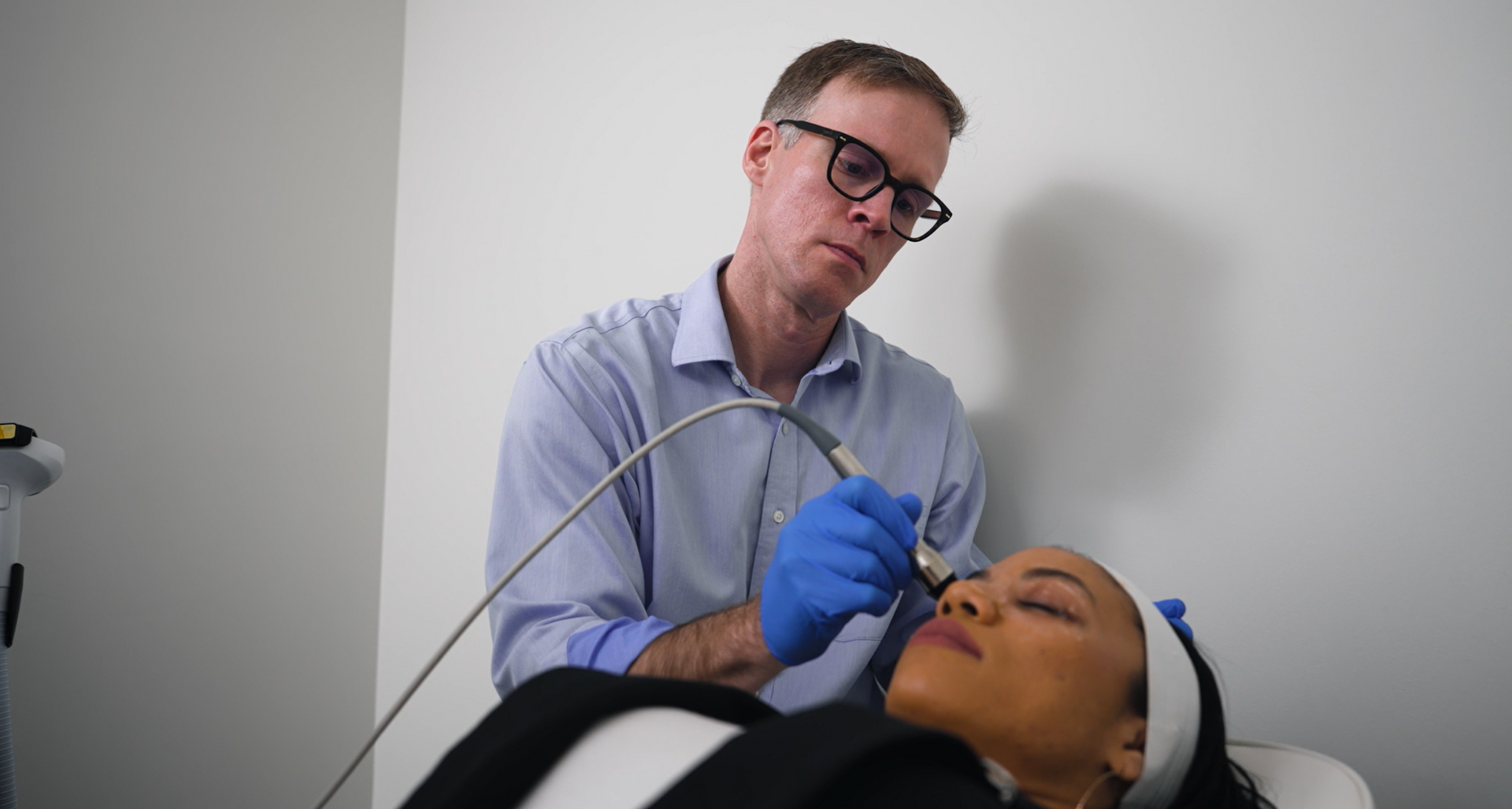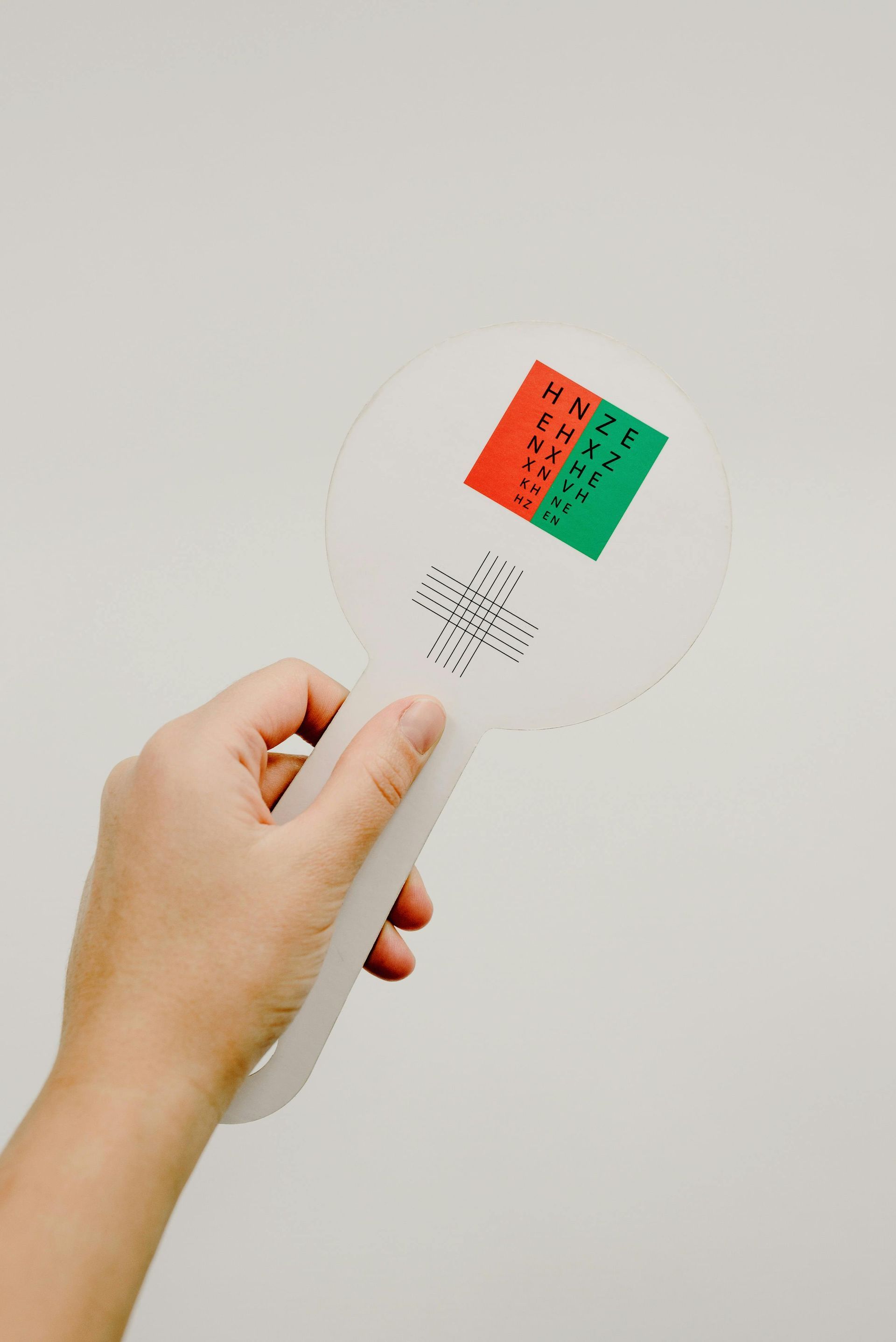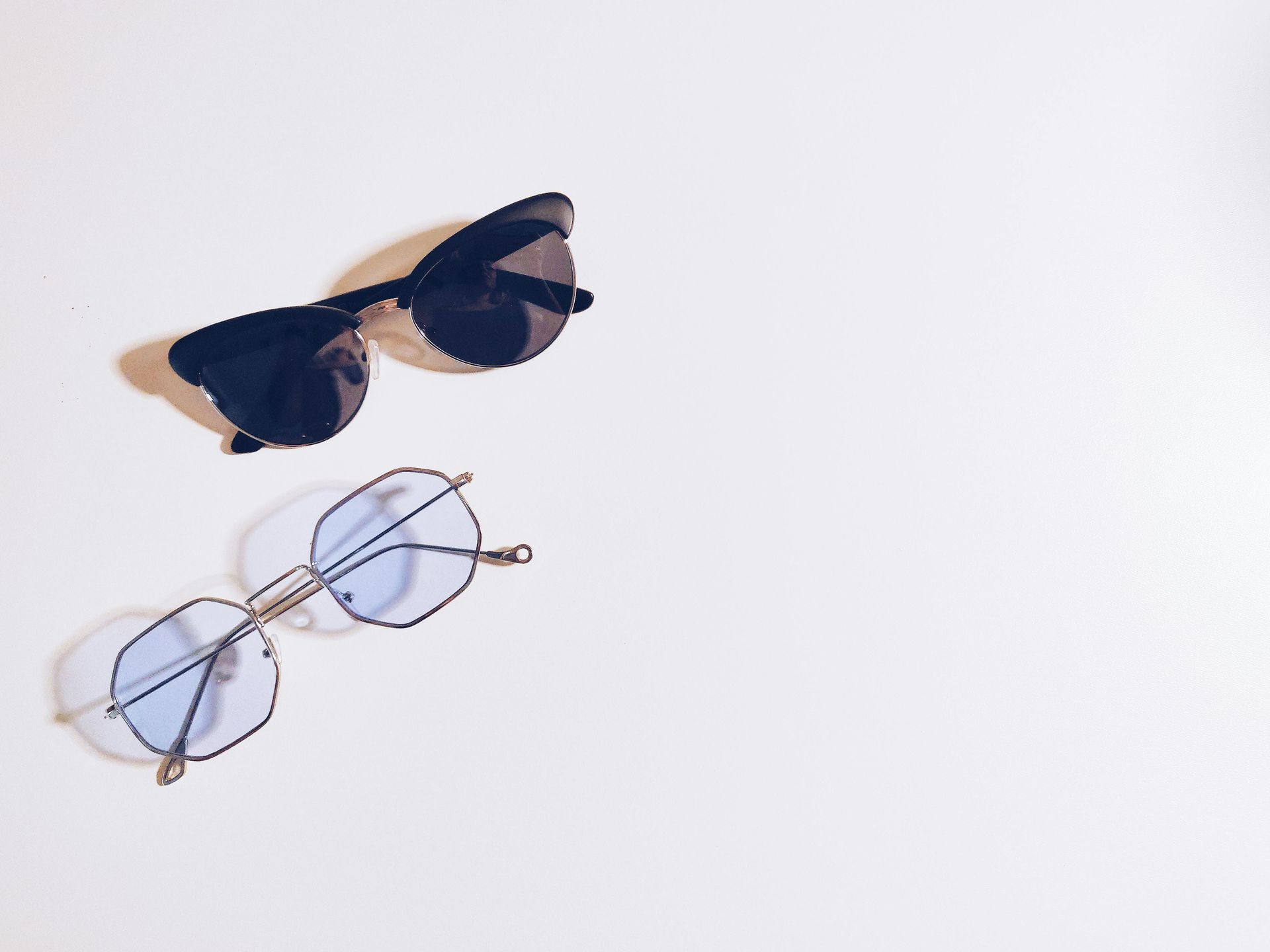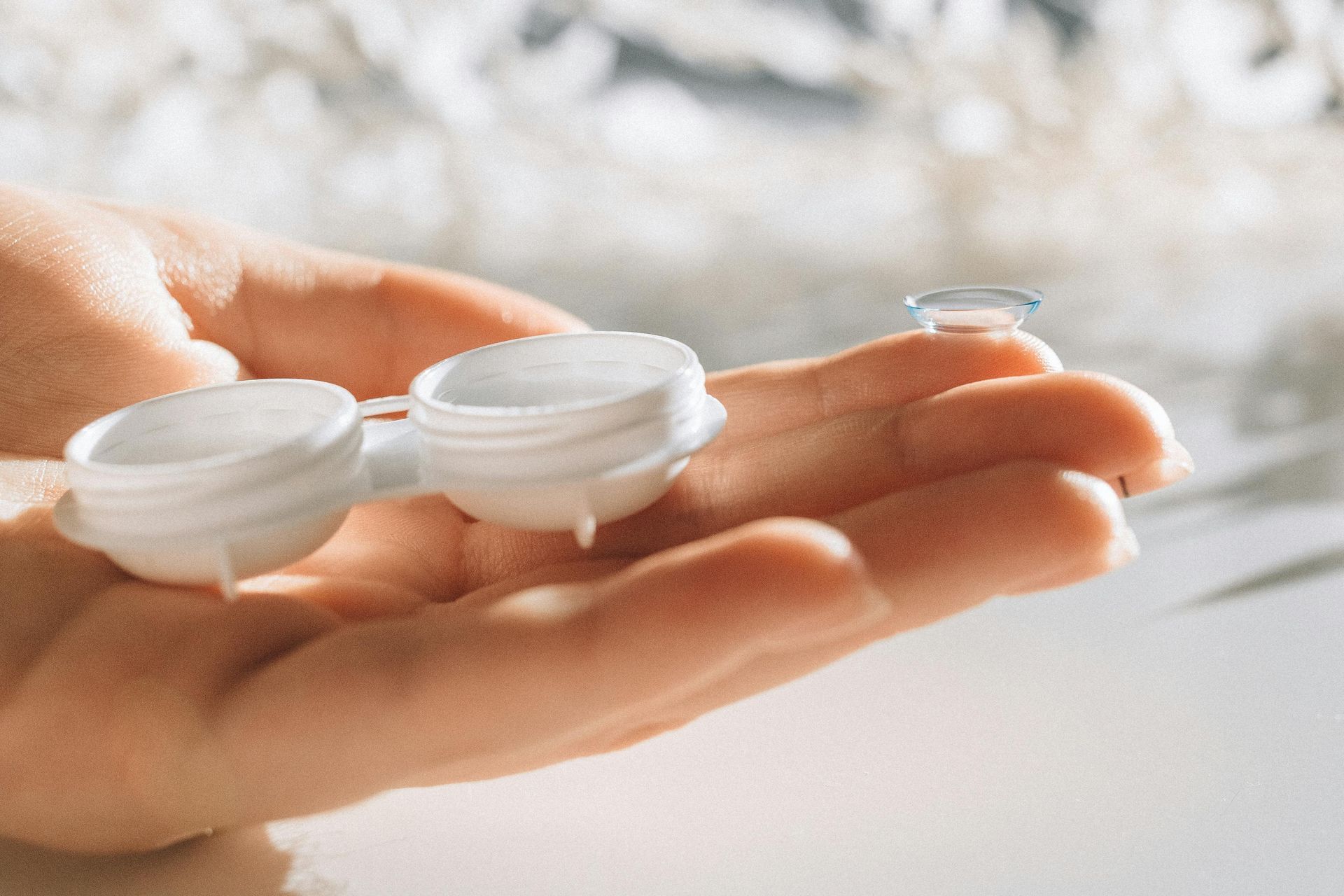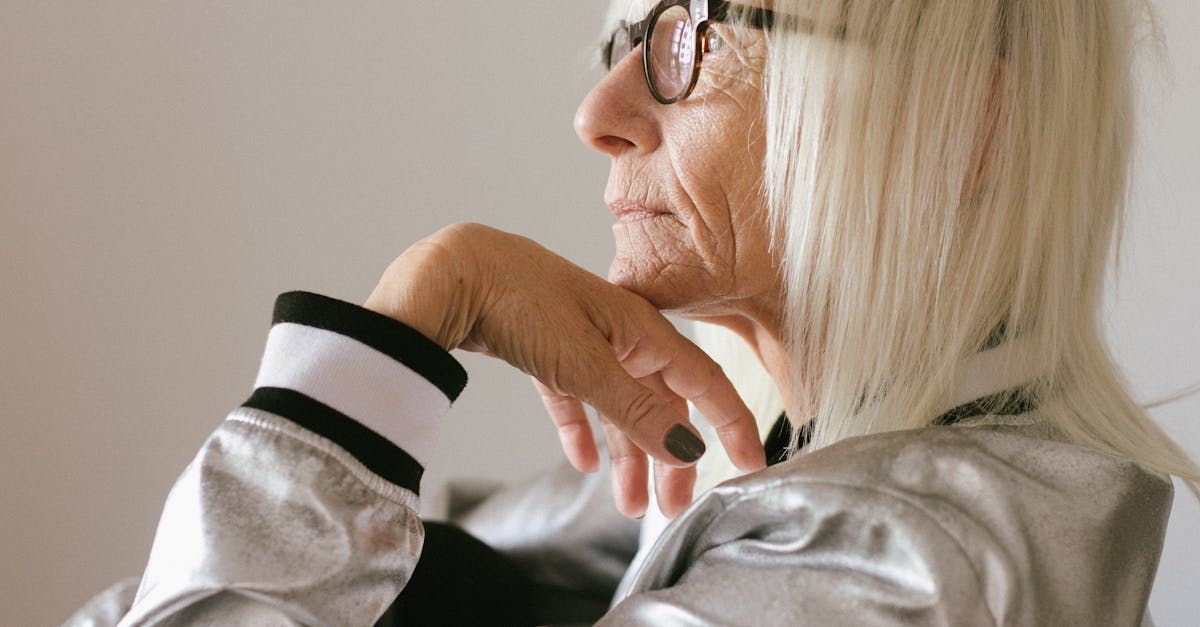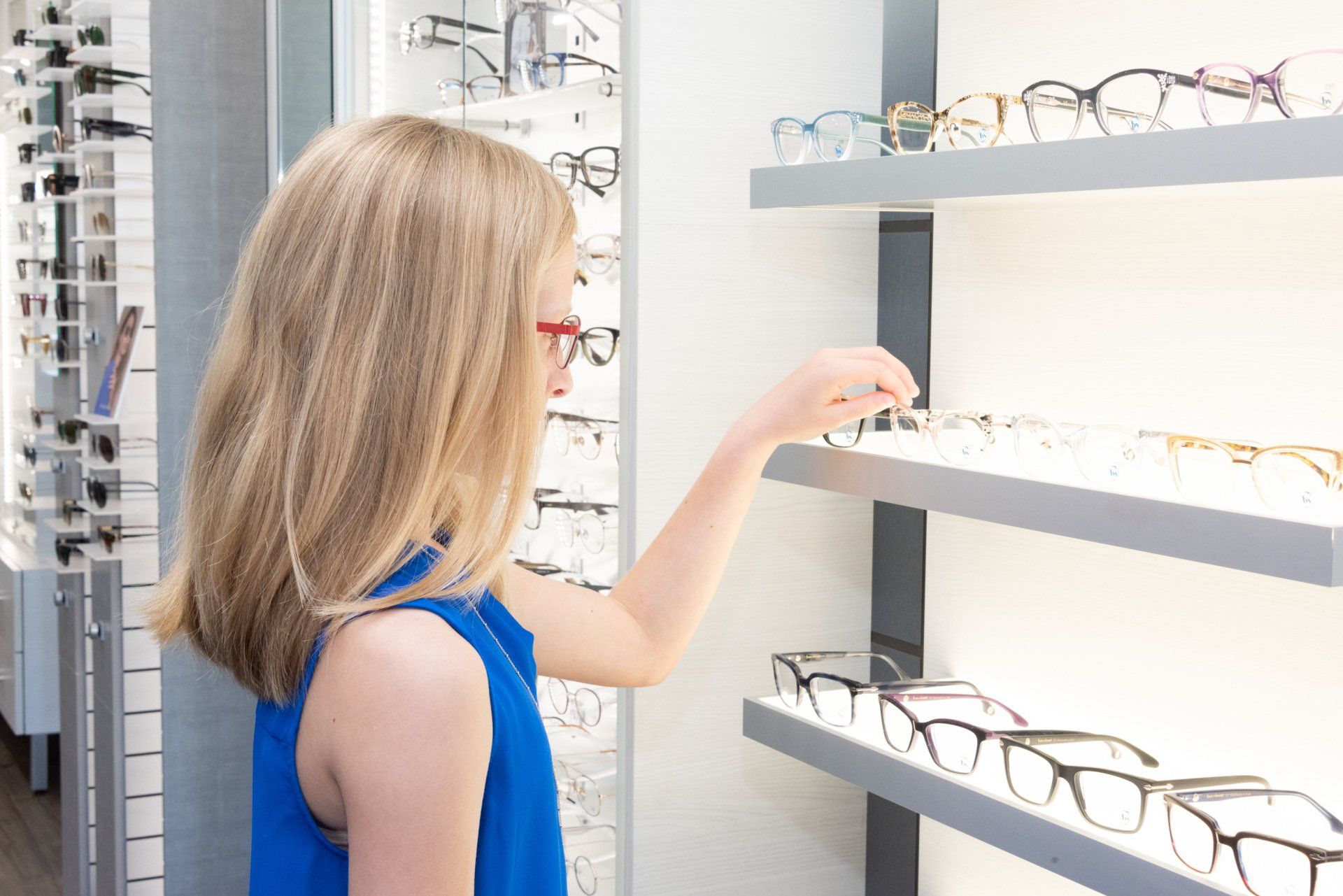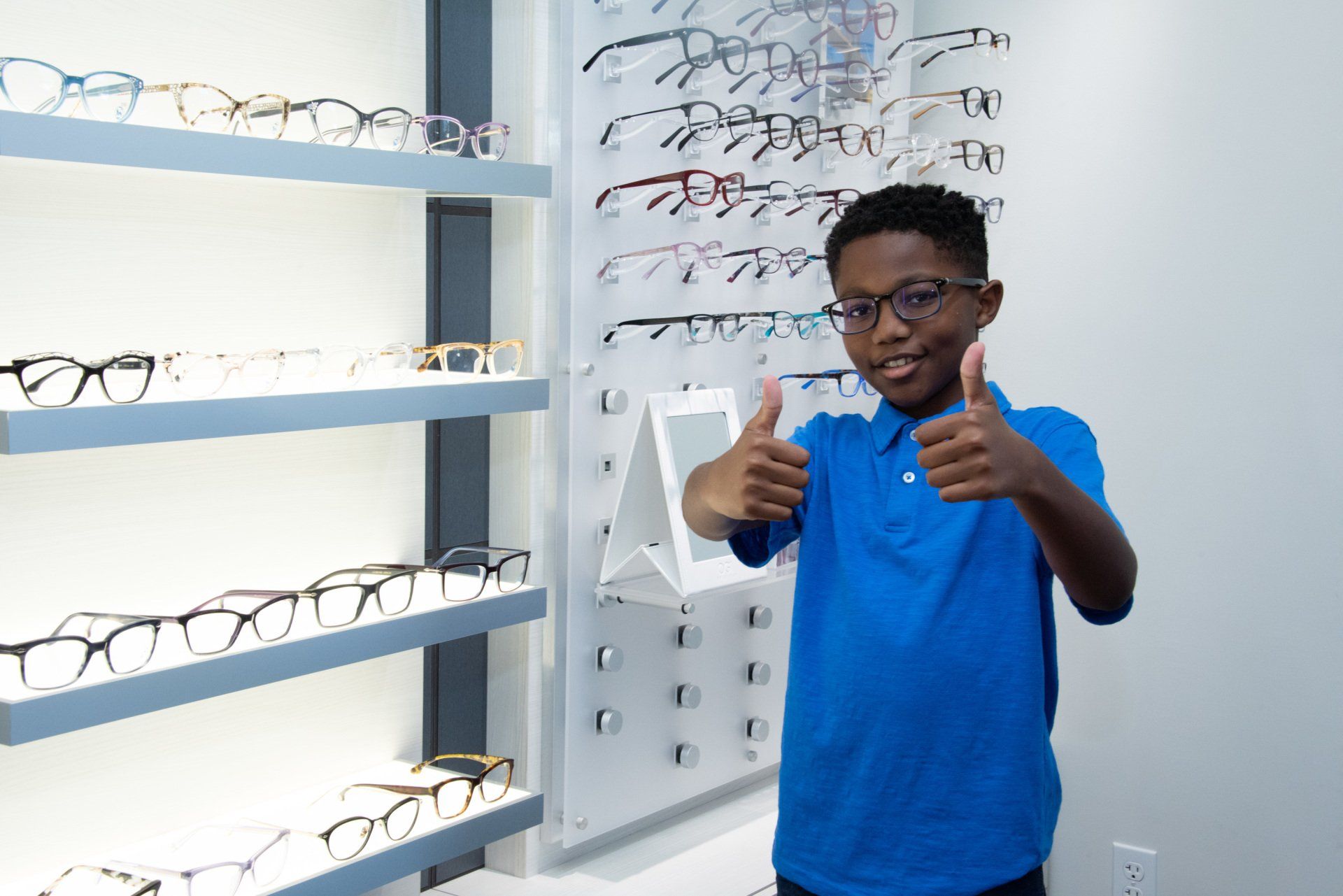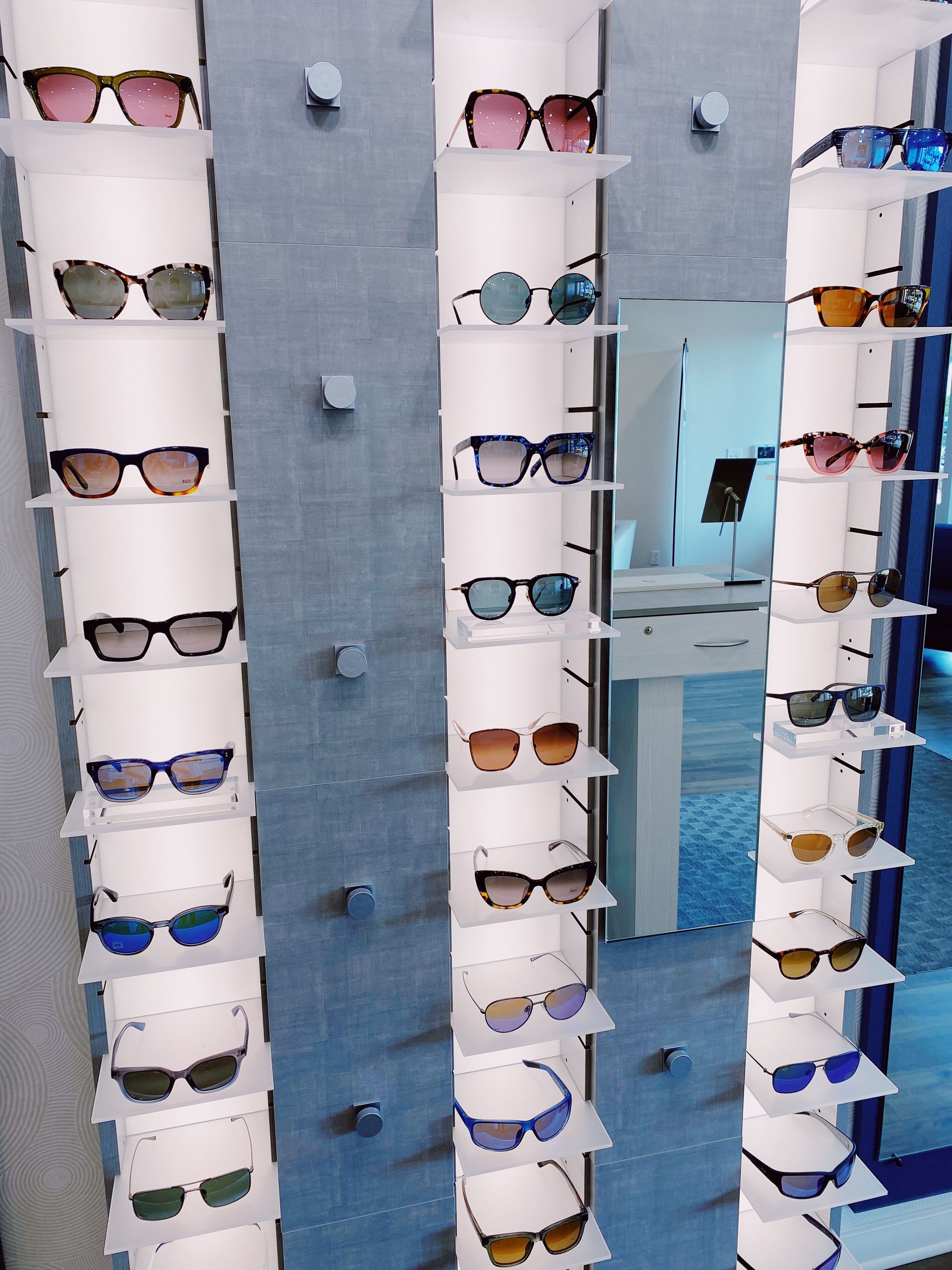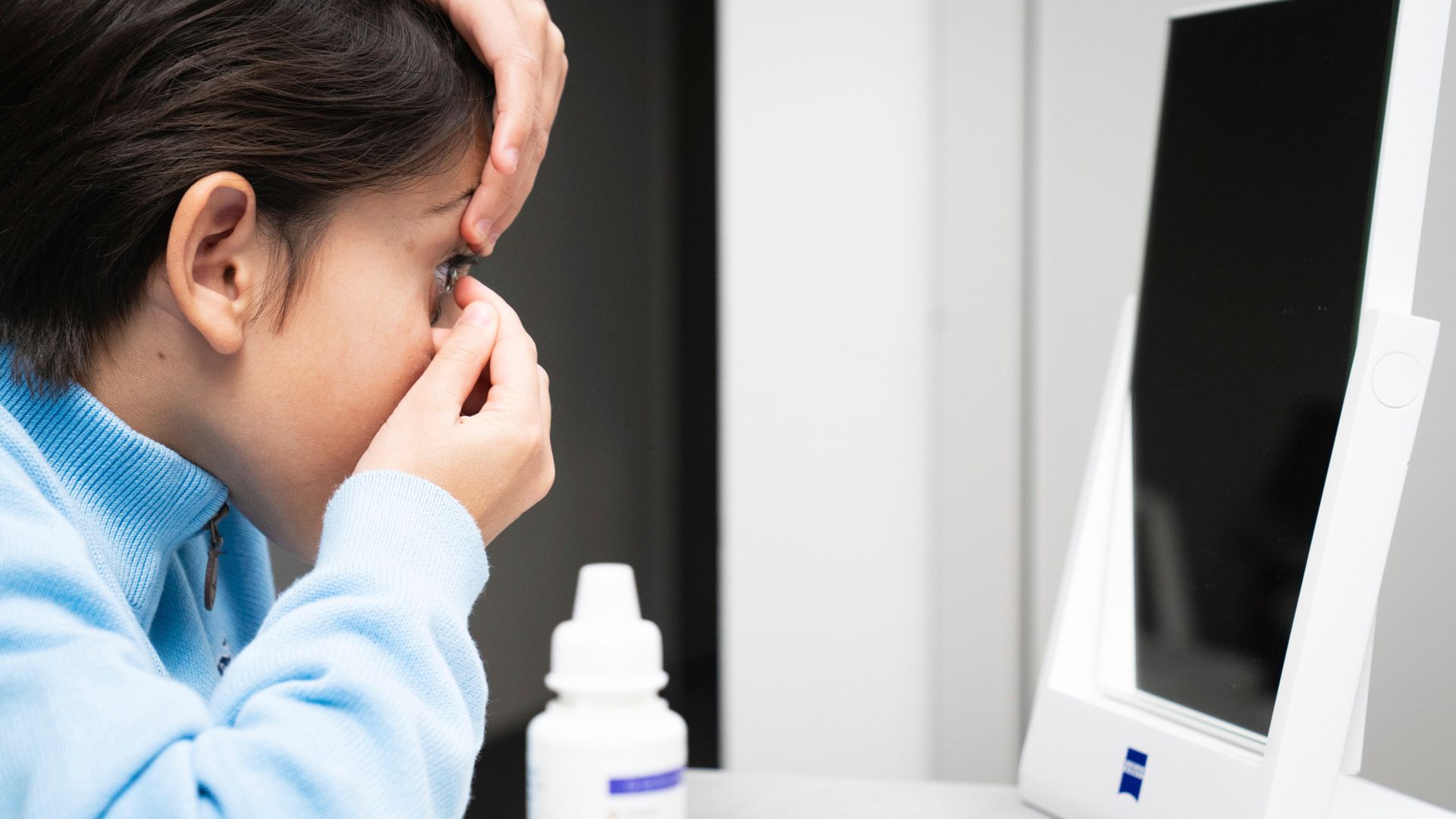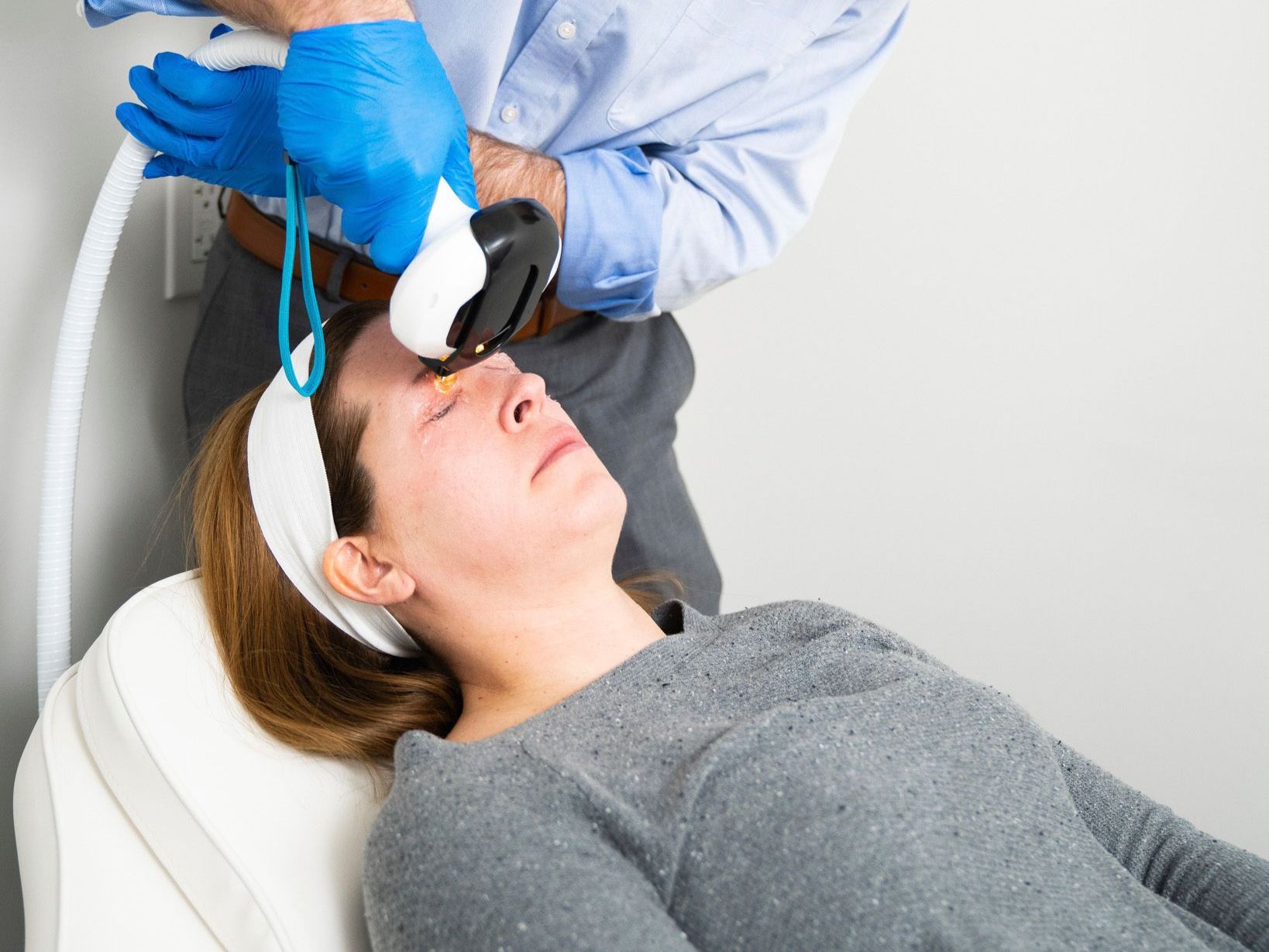Chronic Dry Eye: When To See a Specialist
Dry eye syndrome is a common yet often underestimated condition that can significantly impact your quality of life. From persistent discomfort to difficulty performing simple tasks like reading or using a computer, dry eye can interfere with everyday activities. If you've been relying on over-the-counter eye drops, warm compresses, or humidifiers without finding lasting relief, it may be time to consult a dry eye specialist. Here's how to recognize when it's time to seek expert care and take the next step toward long-term relief.
5 Warning Signs It's Time to See an Eye Care Professional for Dry Eye
If you're experiencing any of the following symptoms, it may be time to consult an optometrist in Baton Rouge to determine the underlying cause of your dry eye and explore advanced treatment options.
Dry Eye Symptoms Persist or Worsen Despite At-Home Treatment
If you've tried at-home treatments like artificial tears, reducing screen time, or using a humidifier but still feel discomfort, it may be time to see a professional. Over-the-counter drops may provide temporary relief, but if your symptoms keep coming back or get worse, it's vital to seek expert help to treat the underlying causes of your dry eye.
Chronic Burning, Stinging, or Watery Eyes
Constant burning, stinging, or watery eyes, especially in windy conditions, can be signs that your dry eye is more than a temporary irritation. These persistent symptoms may indicate meibomian gland dysfunction (MGD), an underlying condition where the glands responsible for producing oils for your tears become blocked or inflamed. Left untreated, MGD can exacerbate dry eye and lead to further discomfort.
Fluctuating Vision, Especially with Digital Devices
Many people with dry eye experience fluctuating vision, especially when using computers or digital devices. Even with high-quality glasses, you might still have blurry vision or discomfort. If using digital devices causes strain and blurry vision despite corrective lenses, it's a sign that dry eye is impacting your focus and may require specialized treatment.
Little Relief from Prescription Eye Drops
Prescription eye drops like Restasis® or Xiidra® are commonly prescribed for moderate to severe dry eye, but if you find they no longer provide relief, it may be time to consider other options. When prescription drops aren't working as expected or fail to provide lasting relief, a professional eye care provider can assess the underlying causes and suggest alternative treatments that more directly target the problem.
Difficulty Performing Normal Day-to-Day Activities
Dry eye can become so severe that it interferes with everyday activities like driving, reading, or enjoying hobbies. If eye irritation, dryness, or blurred vision is making it difficult to do tasks you once enjoyed, it's essential to seek professional treatment. Chronic dry eye can significantly affect your quality of life, but early intervention can help prevent long-term damage.
The Risks of Ignoring Chronic Dry Eye
If left untreated, chronic dry eye can worsen over time and lead to complications such as:
- Conjunctivitis (Pink Eye)
- Eye inflammation or infections
- Corneal abrasions
- Sores on the cornea
- Permanent corneal damage
The longer dry eye remains untreated, the more likely these complications are to arise, which could lead to permanent damage to the eyes and vision.
What Causes Dry Eye?
Dry eye occurs when the eyes either don't produce enough tears or when the tears lack sufficient oil to keep the eye's surface lubricated. The meibomian glands, located in the eyelids, are responsible for producing this oil. When they become blocked or dysfunctional, it leads to dry, irritated eyes. Poor eyelid positioning or incomplete eyelid closure can also cause dry eye. Environmental factors such as excessive screen time, dry indoor air, or wearing contact lenses for extended periods can also contribute to the condition.
When Over-the-Counter Treatments Aren't Enough for Dry Eye
While artificial tears and lifestyle changes like adding a humidifier can offer temporary relief for mild dry eye, they often do not provide a long-term solution. In some cases, the symptoms may worsen over time despite consistent use of over-the-counter treatments.
Seek Professional Help for Effective Dry Eye Treatment
If your dry eye symptoms persist and affect your daily life, it's time to see an eye care professional. Conditions like meibomian gland dysfunction or inflammation may need advanced treatments for dry eye, such as Envision by InMode, which offers long-term relief. Don't wait—early treatment can improve your comfort and quality of life. Schedule an appointment with Dr. Cory Boudreaux at Focal Point Eye Care to discuss your options.
